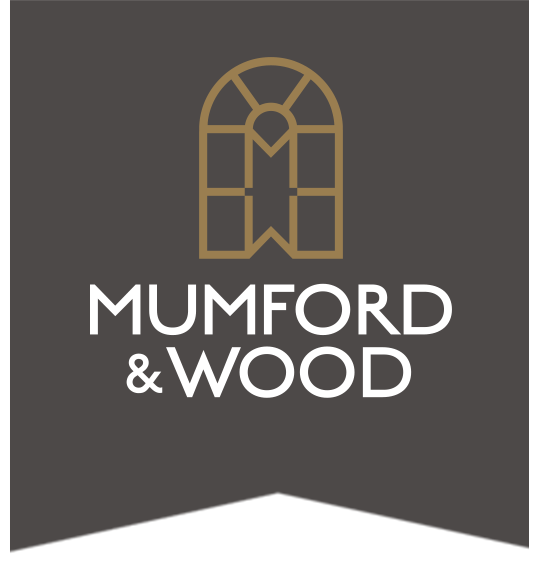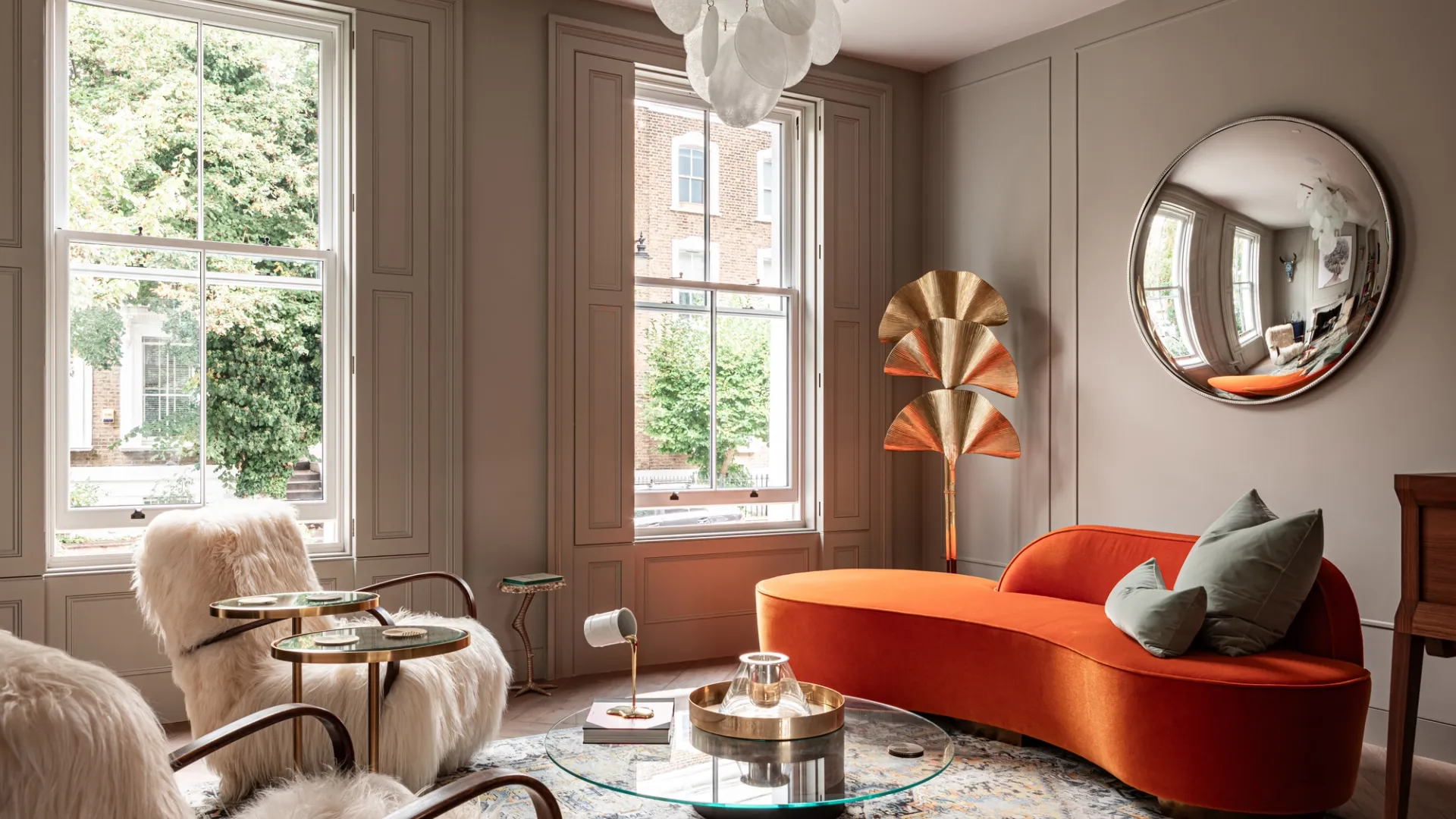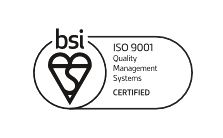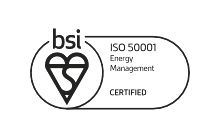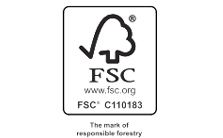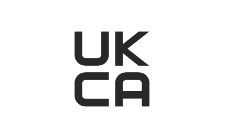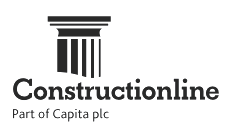Whether for private homes, public spaces, or commercial buildings, the ability for all individuals to move freely and safely through the built environment is now a fundamental expectation.
At Mumford & Wood, we believe that every building should combine elegance, performance, and accessibility. That’s why we help developers, architects, and contractors create spaces that meet the needs of all users, while staying compliant with essential legislation, such as Part M of the Building Regulations.
What Is Part M, and Why Does It Matter?
Part M sets out the UK’s legal framework for creating accessible, inclusive buildings. It outlines how spaces should be designed so that everyone, including wheelchair users, older people, and families with pushchairs, can access and use buildings with ease.
These regulations don’t just apply to large public developments. They’re equally relevant to residential schemes, renovations, and smaller-scale projects, ensuring that usability is considered from the earliest planning stages.
Part M is split into two parts:
- Volume 1: Dwellings – residential homes and apartments
- Volume 2: Buildings other than dwellings – commercial, civic, and public buildings
Across both, the message is the same: design with everyone in mind.
What Does Inclusive Design Look Like?
Creating accessible buildings is about removing unnecessary barriers, physical, visual, and functional. Part M offers detailed guidance on how to achieve this in real terms.
1. Step-Free Entrances
Entry points should be level or gently ramped, with wide openings and flush thresholds. For homes, that often means low thresholds at front and rear doors. For public buildings, this may include automatic doors or level platforms.
2. Spacious Circulation Areas
Hallways, landings, and doorways must allow for smooth wheelchair movement. Designs should prioritise turning circles, clear sightlines, and obstacle-free navigation, especially in high-traffic areas such as corridors and reception spaces.
3. Accessible Bathrooms and WCs
In commercial and public spaces, accessible toilets are essential. These require precise positioning of grab rails, wide doors, and clear floor space. For homes, Part M suggests future-proofing, installing ground-floor WCs that can later be adapted into accessible bathrooms.
4. Stairs, Ramps and Vertical Access
For multi-level buildings, lifts are the preferred solution. Where stairs are used, they must be uniform, clearly marked, and fitted with dual handrails. Ramps must follow minimum gradient requirements to support independent access.
5. Visual and Sensory Considerations
Details like colour contrast on steps, tactile surfaces at crossings, and visible door hardware help support users with visual or cognitive impairments, a growing area of importance in accessibility design.
Making Compliance Practical, Without Compromise
At Mumford & Wood, we support inclusive design through bespoke timber doors and windows that meet both aesthetic and regulatory demands. Accessibility doesn’t mean sacrificing character. In fact, it offers an opportunity to demonstrate refined craftsmanship and clever detailing.
We offer a range of features to support Part M compliance:
- Low-threshold door systems for seamless, step-free access
- Custom-sized door frames to accommodate wider openings
- Expert advice to ensure design and installation align with accessibility requirements
Our products are made to measure, meaning they can be tailored to your specific layout and access needs without compromising the property's look and feel.

Why Accessibility Should Be a Priority
Regulatory compliance aside, designing with accessibility in mind is simply the right thing to do. It creates buildings that are adaptable, future-ready, and welcoming to all. And it increasingly aligns with market demand, particularly from public bodies, housing developers, and forward-thinking residential buyers.
Buildings that fall short of accessibility standards face more than legal hurdles. They risk costly redesigns, reputational damage, and reduced user satisfaction.
By contrast, spaces are designed around inclusive principles:
- Offer greater long-term usability
- Support ageing-in-place for residents
- Enhance safety and comfort for all occupants
- Demonstrate social responsibility and modern design thinking
Mumford & Wood’s Approach
Our commitment to accessibility is integral to everything we do, from the way we consult with developers and specifiers to the way we engineer each product for ease of use and optimal performance.
We don’t offer off-the-shelf solutions. We offer tailored craftsmanship, built around your design vision and regulatory responsibilities.
Our timber windows and doors are designed to:
- Meet high-performance and aesthetic standards
- Support step-free entry and mobility-friendly design
- Integrate seamlessly into both contemporary and traditional buildings
- Comply with all relevant parts of the Building Regulations, including Part M
We’re here not just to supply a product, but to ensure your project moves smoothly from planning to completion.
Visit Us or Get in Touch
Want to explore how Mumford & Wood can support your next inclusive build?
- Download our digital brochure to browse our full specification range
- Request a printed copy delivered to your office or site
- Visit our showroom to see our accessible product features in person
- Or contact our expert team for one-to-one guidance on accessible design, thresholds, door sizing, and Part M compliance
